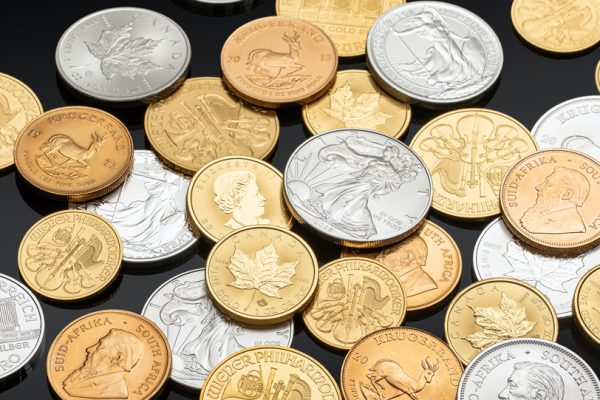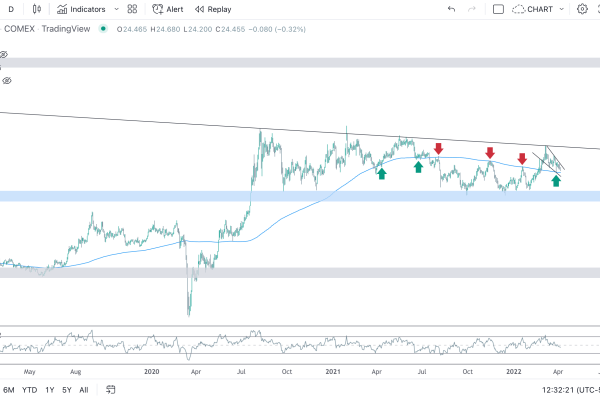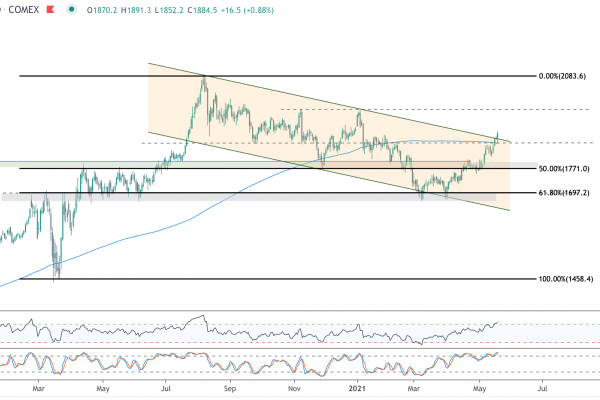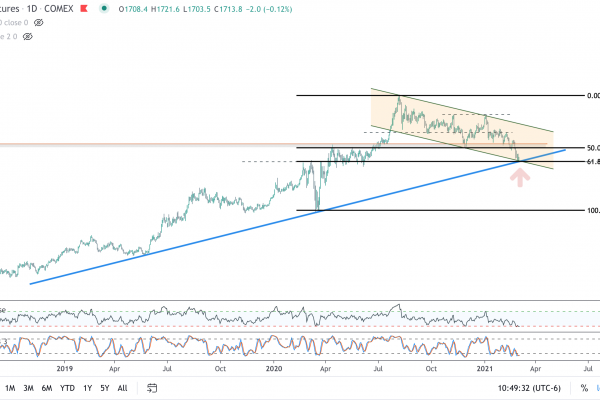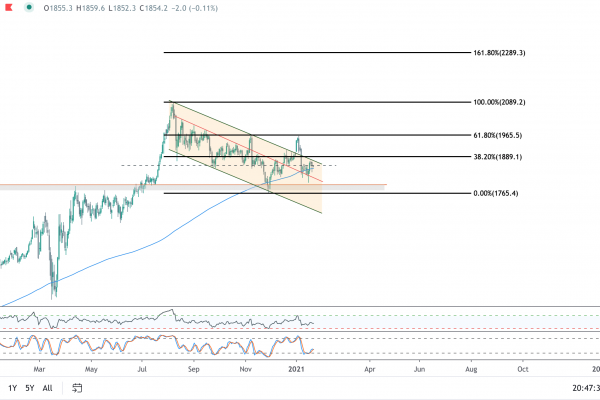Written by Border Gold February 27, 2018
Changing market dynamics continue to keep investors on their toes, as gold and silver fail to take out recent highs and as equities appear to be in what could be a major topping process. Although equities have recovered a great deal of ground recently, a lack of a new high could potentially point to the end of the decade-long bull market.
Investors remain concerned about the potential path of higher rates, but did get some degree of reassurance this past week. The most recent Fed meeting minutes released last week showed the central bank remains optimistic on the economy. Several Fed officials did, however, express concerns about upside risks.
Last week, the central bank presented its biannual report to Congress on the conduct of monetary policy. The report painted a positive picture on the economy, and described the labor market as being “near or a little beyond full employment.” The Fed is likely to hike rates three times in 2018, and possibly even four times. The next increase in the key interest rate will likely be seen in March.
A hot topic lately, however, has been how the central bank will handle the next downturn. Rates are currently in the 1.25-1.50 percent range, and are not expected to rise beyond three percent during the current expansion. This could potentially present a significant problem for the Fed, if it is forced to cut rates again to stimulate the economy. To put this into perspective, the last four economic downturns saw the central bank cut rates by an average of 5.5 percent in order to provide an economic boost.
After the financial crisis of 2008, the central bank slashed rates all the way down to zero, and also provided additional stimulus in the form of QE. Whether or not all of the bond and mortgage-backed security buying was effective remains the subject of much debate, but the effects of sharply lower interest rates seem to be indisputable. If the Fed does not have as much room to lower rates, however, such effectiveness could be called into question.
Put another way, the next recession could leave the Fed without as many tools to fight it, and that could potentially open the door to a lengthy and significant downturn. Although the next recession could be quite a ways off yet, policy-makers already appear concerned about their ability to combat it, and expanding U.S. deficits may further erode the government’s ability to curb a recession.
The current economic expansion is already one of the longest ever, and numerous issues already point to overheating that could put an end to the recovery seen over the last decade.
The idea of higher inflation and higher rates have begun taking a toll on markets. Recent stock market volatility was largely blamed on rising rates-specifically the yield on the benchmark ten year note. Rates appear headed even higher, and significantly higher yields could potentially send stocks lower by double digits.
Markets will likely face some major tests in the weeks and months ahead, and as inflation accelerates and rates continue their ascent, investors may exit equity markets in droves while seeking out alternative asset classes. Such a scenario could act as a major catalyst for a significant bull market in gold and other hard assets.

